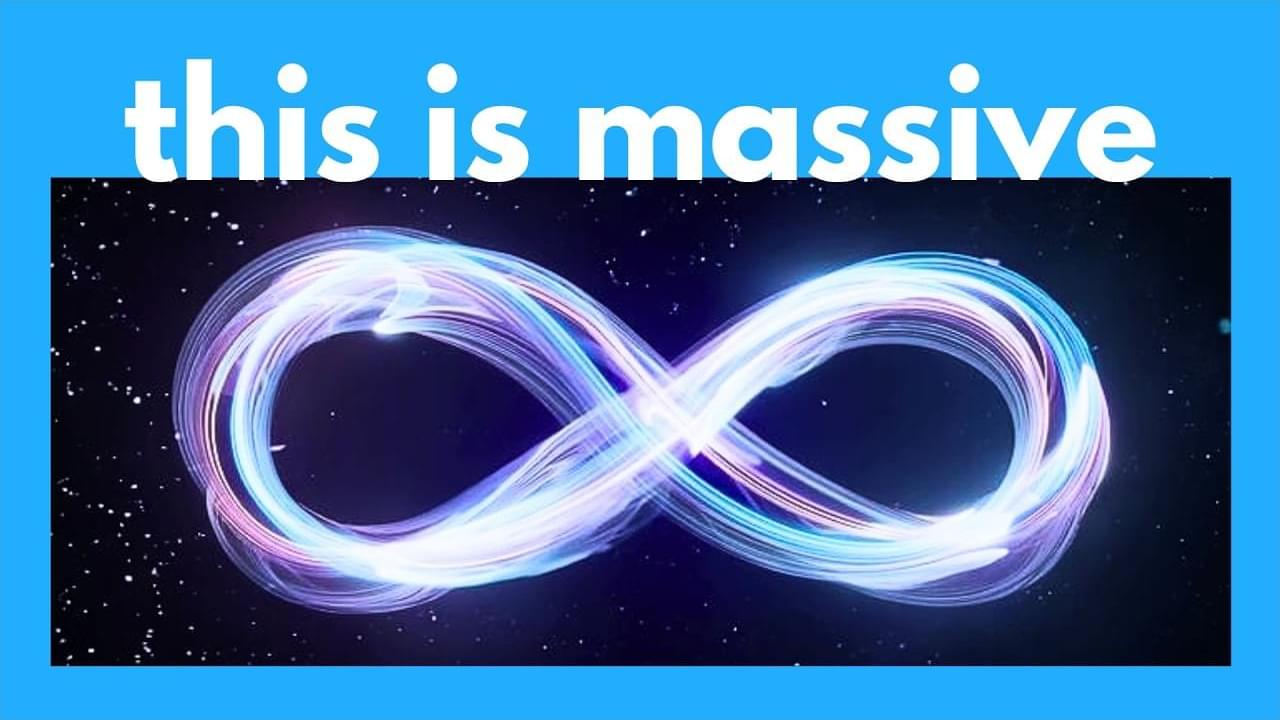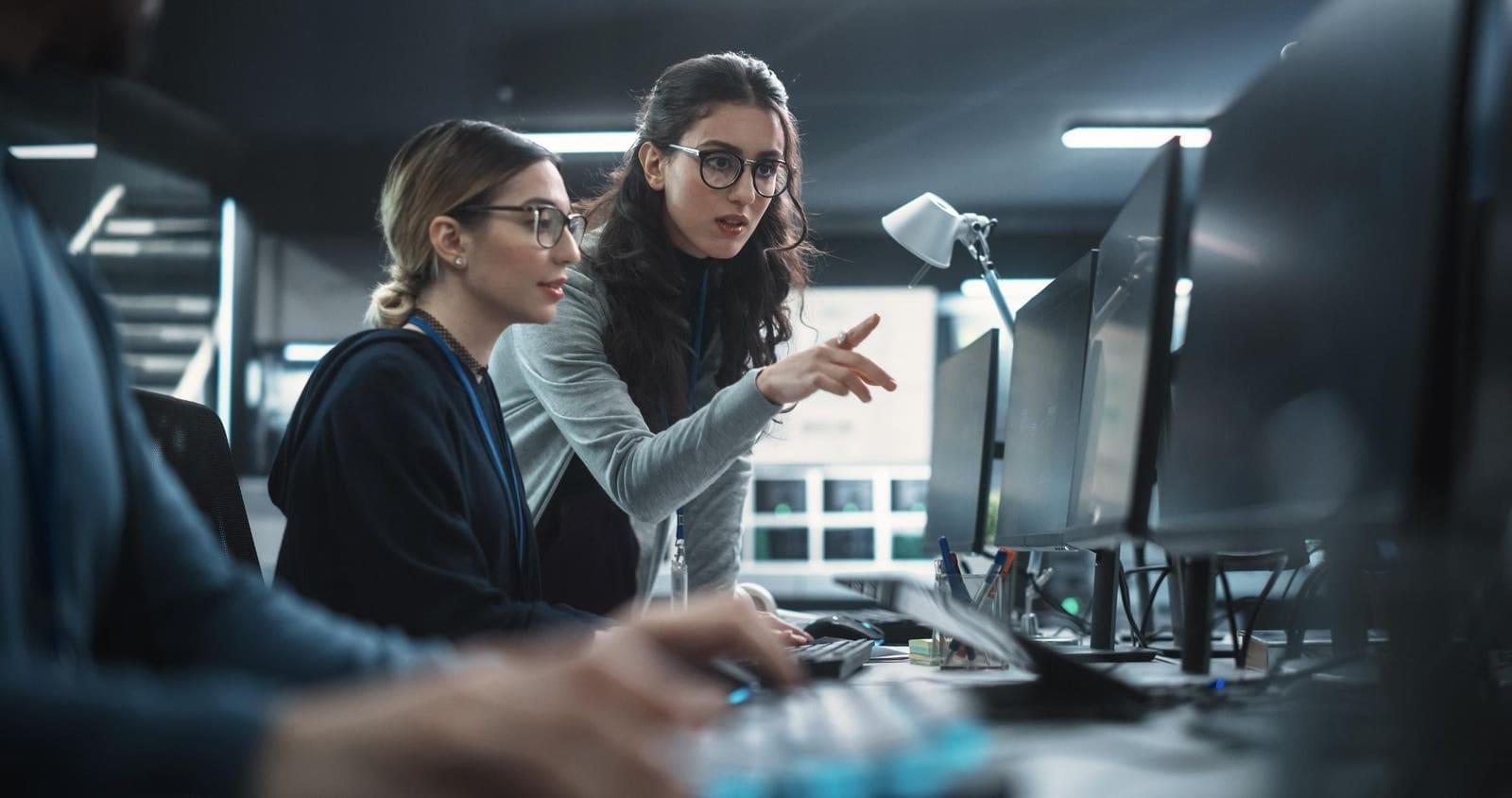Google DeepMind’s AlphaEvolve AI system breaks a 56-year-old mathematical record by discovering a more efficient matrix multiplication algorithm that had eluded human mathematicians since Strassen’s 1969 breakthrough.
Category: robotics/AI – Page 32
HUGE AI breakthrough: Absolute Zero Reasoner deep dive. Self-improving AI that learns with no data! #ai #aitools #ainews #llm.
Sources:
https://arxiv.org/abs/2505.03335
https://github.com/LeapLabTHU/Absolut… Thanks to Tavus for sponsoring this video. Try Tavus for free https://tavus.plug.dev/T4AQw5K 0:00 Absolute Zero intro 0:50 Traditional methods of training AI models 4:00 Absolute Zero algorithm 5:01 How Absolute Zero Reasoner works 7:19 Types of training tasks 9:00 How good is Absolute Zero 10:47 Tavus 12:11 Adding Absolute Zero to existing models 13:01 Interesting findings 15:43 Uhoh… 16:50 Ablation study 18:15 More interesting findings Newsletter: https://aisearch.substack.com/ Find AI tools & jobs: https://ai-search.io/ Support: https://ko-fi.com/aisearch Here’s my equipment, in case you’re wondering: Dell Precision 5690: https://www.dell.com/en-us/dt/ai-tech… Nvidia RTX 5,000 Ada https://nvda.ws/3zfqGqS Mouse/Keyboard: ALOGIC Echelon https://bit.ly/alogic-echelon Mic: Shure SM7B https://amzn.to/3DErjt1 Audio interface: Scarlett Solo https://amzn.to/3qELMeu.
Thanks to Tavus for sponsoring this video. Try Tavus for free https://tavus.plug.dev/T4AQw5K
0:00 Absolute Zero intro.
0:50 Traditional methods of training AI models.
4:00 Absolute Zero algorithm.
5:01 How Absolute Zero Reasoner works.
7:19 Types of training tasks.
9:00 How good is Absolute Zero.
10:47 Tavus.
12:11 Adding Absolute Zero to existing models.
13:01 Interesting findings.
15:43 Uhoh…
16:50 Ablation study.
18:15 More interesting findings.
Newsletter: https://aisearch.substack.com/
Find AI tools & jobs: https://ai-search.io/
Support: https://ko-fi.com/aisearch.
Here’s my equipment, in case you’re wondering:
RMIT engineers create a brain-inspired device that sees and thinks in real time, advancing robotics and autonomous tech.
A new method combines machine learning and cell-free systems to design powerful enzymes faster than ever—no living cells needed.
Scientists will finally be able to simulate the chemistry that drives our bodies, our environment, and our technologies.
Large language models (LLMs) are remarkably versatile. They can summarize documents, generate code or even brainstorm new ideas. And now we’ve expanded these capabilities to target fundamental and highly complex problems in mathematics and modern computing.
Today, we’re announcing AlphaEvolve, an evolutionary coding agent powered by large language models for general-purpose algorithm discovery and optimization. AlphaEvolve pairs the creative problem-solving capabilities of our Gemini models with automated evaluators that verify answers, and uses an evolutionary framework to improve upon the most promising ideas.
AlphaEvolve enhanced the efficiency of Google’s data centers, chip design and AI training processes — including training the large language models underlying AlphaEvolve itself. It has also helped design faster matrix multiplication algorithms and find new solutions to open mathematical problems, showing incredible promise for application across many areas.
A common assumption is that AGI won’t need any further training by humans. The reality is that AGI will surely need to further tap into human knowledge. Here’s why.
Researchers at National Taiwan University have developed a new type of spintronic device that mimics how synapses work in the brain—offering a path to more energy-efficient and accurate artificial intelligence systems.
In a study published in Advanced Science, the team introduced three novel memory device designs, all controlled purely by electric current and without any need for an external magnetic field.
Among the devices, the one based on “tilted anisotropy” stood out. This optimized structure was able to achieve 11 stable memory states with highly consistent switching behavior.
Contribute to langchain-ai/langgraph-swarm-py development by creating an account on GitHub.
Ribonucleic acid, also called RNA, is a molecule present in all living cells. It plays a critical role in transmitting genetic instructions from DNA and creating proteins. With the power to execute a plethora of functions, the little RNA “messenger” has led to important innovations across therapeutics, diagnostics, and vaccines, and made us rethink our understanding of life itself.
A team of researchers from Boston University’s Biological Design Center and the Department of Biomedical Engineering recently made significant steps forward in the development of the next generation of computational RNA tools. They recently published a study in Nature Communications describing a generative AI technique for designing different types of RNA molecules with improved function.
Much like a large language model that can be used to compose entirely new texts, the model can compose new RNA sequences tailored for specific tasks in the cell or in a diagnostic assay. Their research has shown that it’s possible to predict and generate RNA sequences that have specific functions across a broad array of potential applications.









